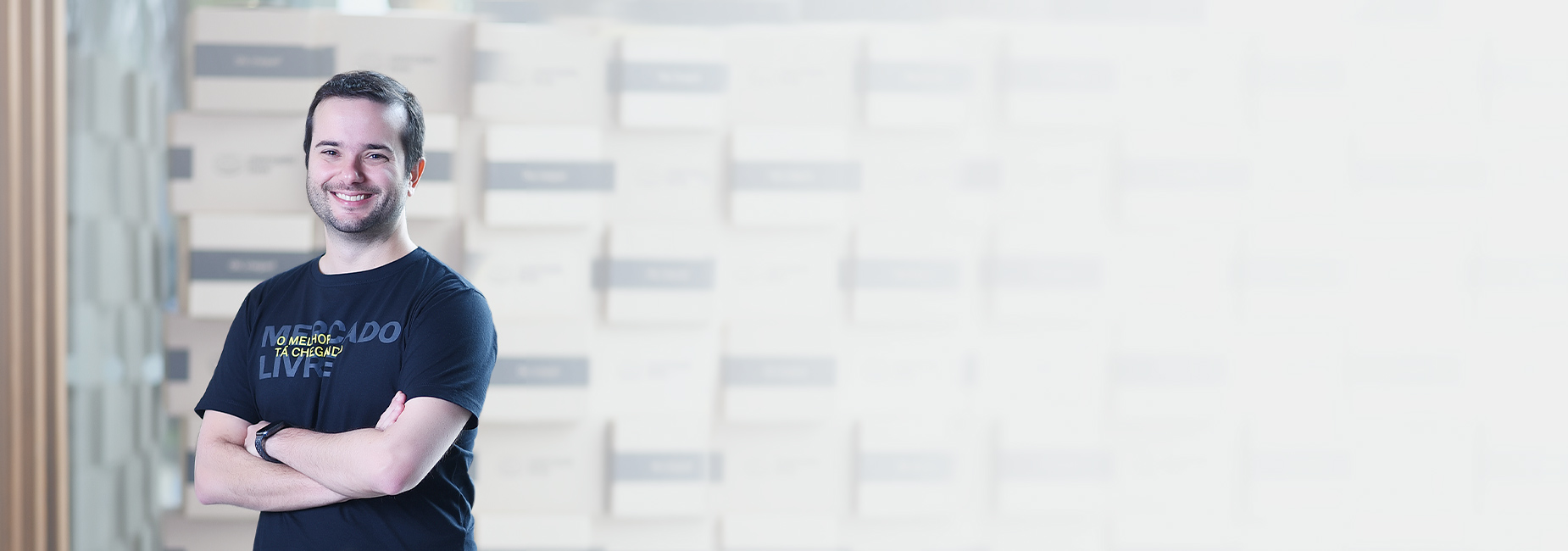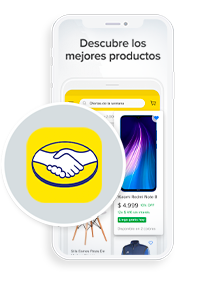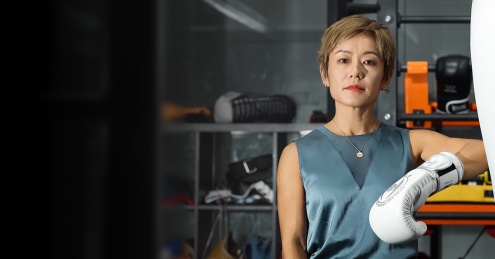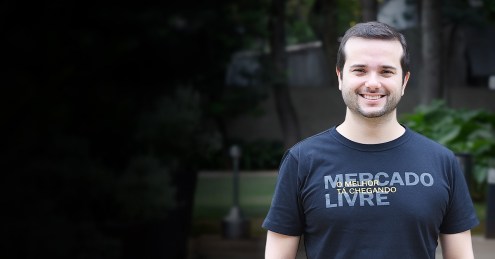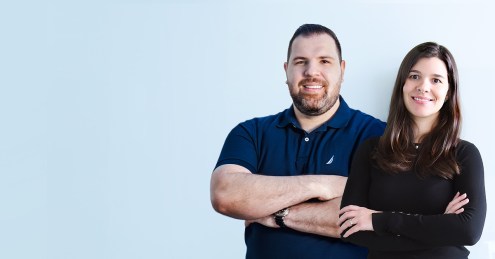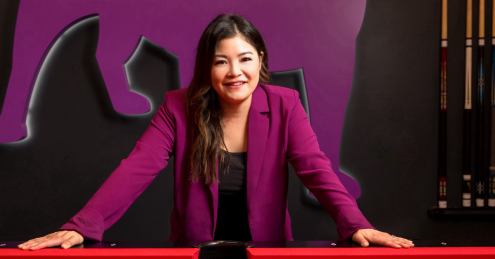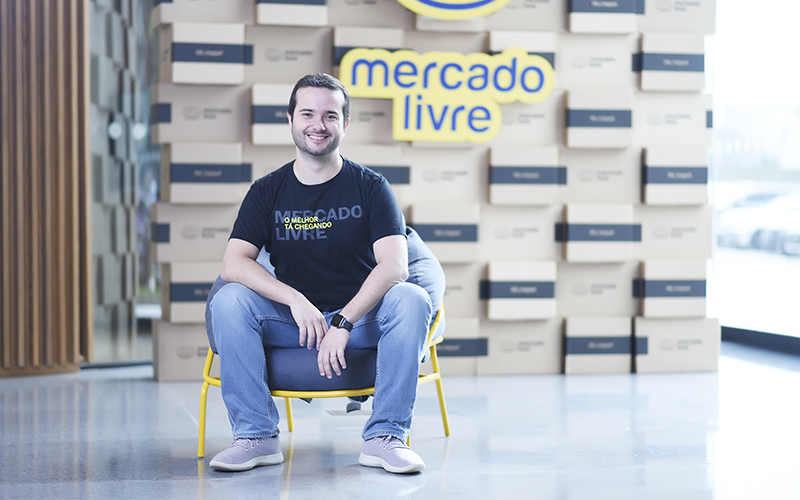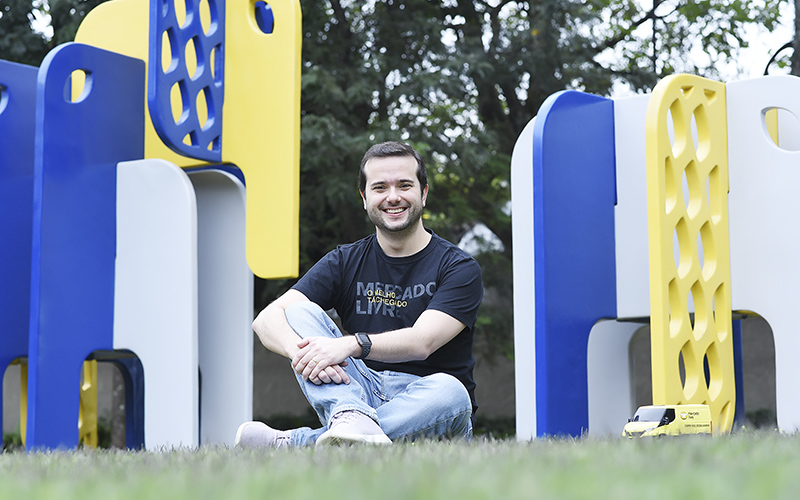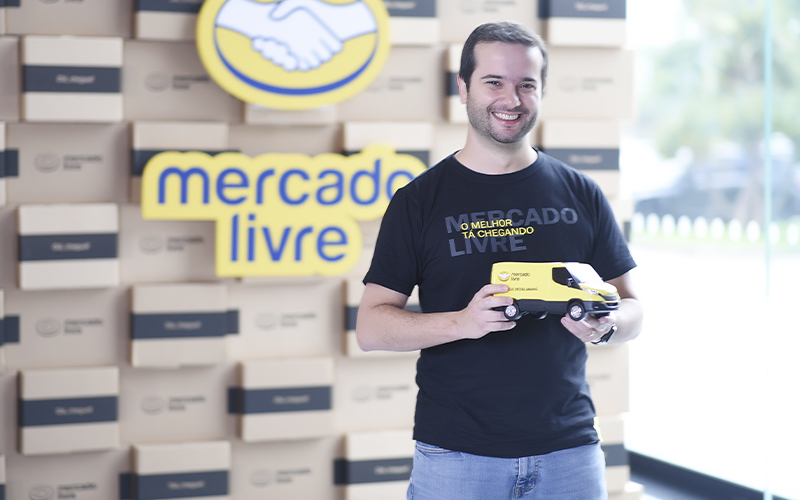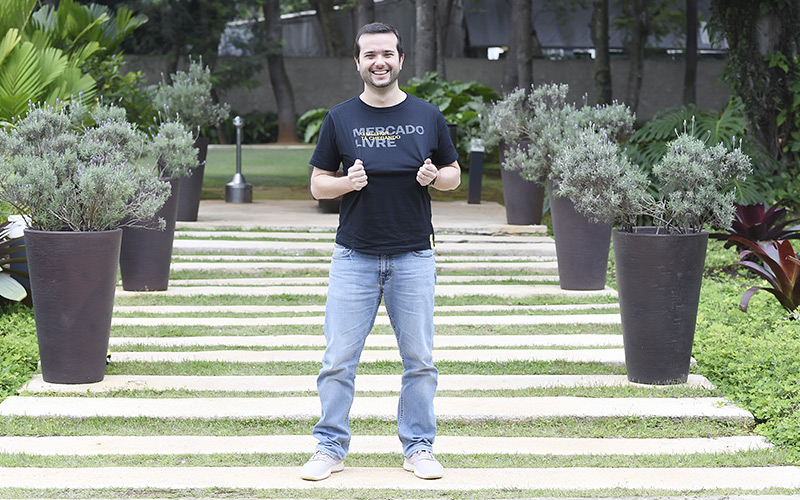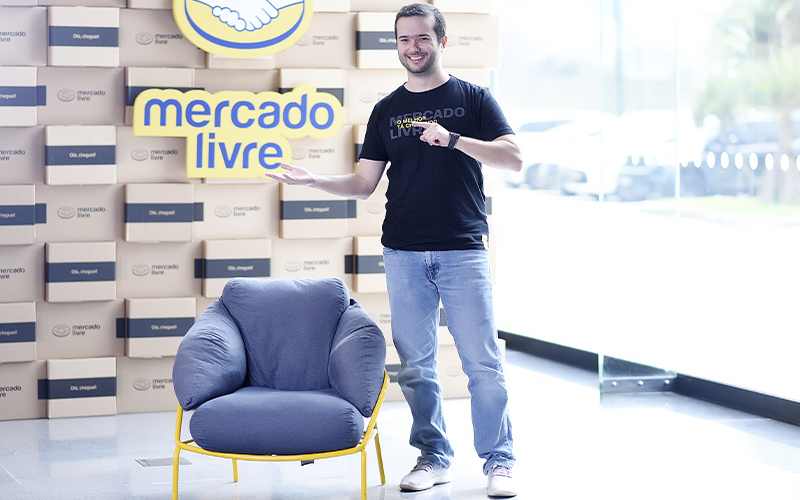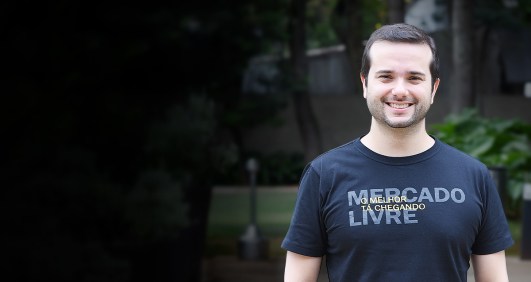Q&A with Guilherme
Guilherme is Senior Director of User Acquisition at Mercado Libre, an e-commerce and fintech leader in Latin America. Before Mercado Libre, Guilherme worked at Wildlife Studios as Director of UA, Bain & Company as a consultant, and various Brazilian corporates in general management.
Read Guilherme's profile Q&A in Portuguese here.
Read Guilherme's latest article: "Estimating the Incrementality of Your Paid Media Investments"
In your own words, tell us about the app(s) that you manage?
Mercado Libre has two apps: a digital bank and an app for shopping online. We see both apps as part of a unique ecosystem that empowers individuals and small merchants in Latin America to reach their full potential.
How did you get started in mobile marketing?
My first mobile marketing position was at Wildlife Studios. Wildlife needed a seasoned and analytically-minded manager to level up the marketing organization, and I was eager to learn more about the gaming vertical. My entry into mobile games marketing was set from then on.
What do you like most about mobile marketing?
I like working in a role that challenges me. Mobile marketing is a field that combines mathematics, tech, and business. This intersection is unique, and being a great operator requires a lot from whoever is working in the field.
What significant trends do you see emerging in mobile marketing? How has Brazil responded, specifically?
I see two notable trends: user-privacy concerns and more aggressive competition for users' attention. In that regard, I believe that Brazil is no different from other markets.
Globally, marketers will have to adapt their tactics and tools to a world where user identification is moving to a cohort level. They will also have to accept that competition will only increase with time. Teams must consider measurement alternatives to whatever user-level identification they depend on, and they’ll need to find ways to differentiate themselves from competitors.
What strategies work best to convert installs into engaged app users?
First, you need to have a great product. You cannot save crummy products, even with exceptional performance marketing. Having the right product is the first step, and the second is setting optimization metrics that hit the mark.
How would you say the app market in Brazil compares to other countries? What makes it different?
Brazil is a market with substantial social network usage. This gives us more opportunities to engage with users because more placements are available. Unfortunately, it also poses a challenge in identifying the most profitable users. To tackle this, I recommend using proxy variables available at bidding time, like device and source app.
What advice would you give to new apps trying to enter the market? What should they prioritize/focus on first?
Work on developing a great product first and foremost. No user acquisition strategy can be successful if the product cannot solve a user’s problems. Before going full scale, ensure that you have a product-market fit for a relevant market segment.
In the past year, what is one tip you can share which made the biggest performance difference for your company's mobile strategy?
- Develop a great product that generates user demand.
- Think of the overall business metrics and not only user acquisition metrics. This gives you a broader perspective which, in turn, generates ideas that you might not have thought of otherwise.
What advice can you offer marketers to successfully re-engage mobile users?
An obstacle to overcome when re-engaging users is ensuring you don’t pay twice for the same revenue. Therefore, it is important that your rationale justifying the engagement CPA (or ROAS) does not overlap with the rationale for the acquisition CPA (or ROAS). I recommend creating a process for defining the CPA you’re willing to invest in. After setting this up, start focusing on targeting and optimization metrics.
What's your top tip when it comes to mobile ad creative?
Iterate, test, and don't trust your gut feeling. What ends up performing is usually counterintuitive and requires constant testing to be figured out. You must develop a creative process where the team can test new ideas, objectively estimate performance, and roll out winners.
What advice can you offer to help marketers combat mobile ad fraud?
Don't underinvest in detecting and acting upon fraud cases. Each UA team needs to have standards for fraud prevention in place—such as checking the time between clicks and installs. In addition to this "basic" stack, frequent incrementality testing can help detect anomalies that might require further investigation.
What are your top 3 go-to resources for keeping up with the mobile advertising industry?
Eric Seufert's MobileDevMemo, Stratechery and close friends in the industry.
